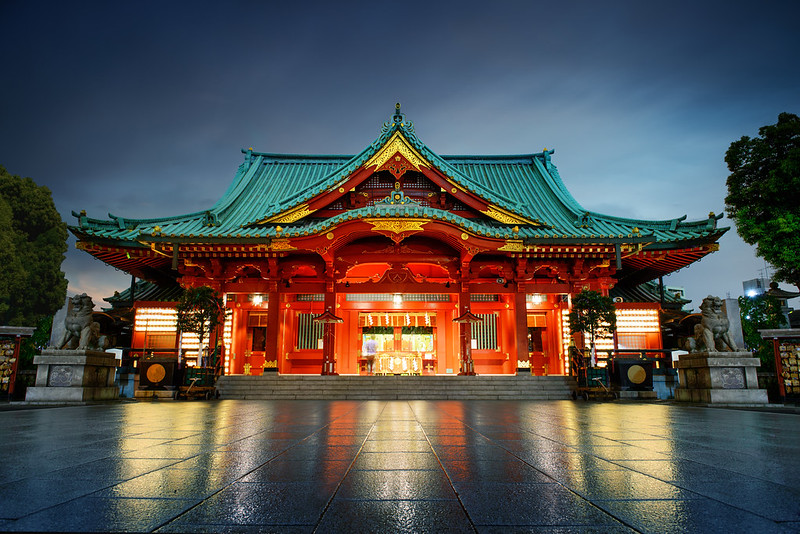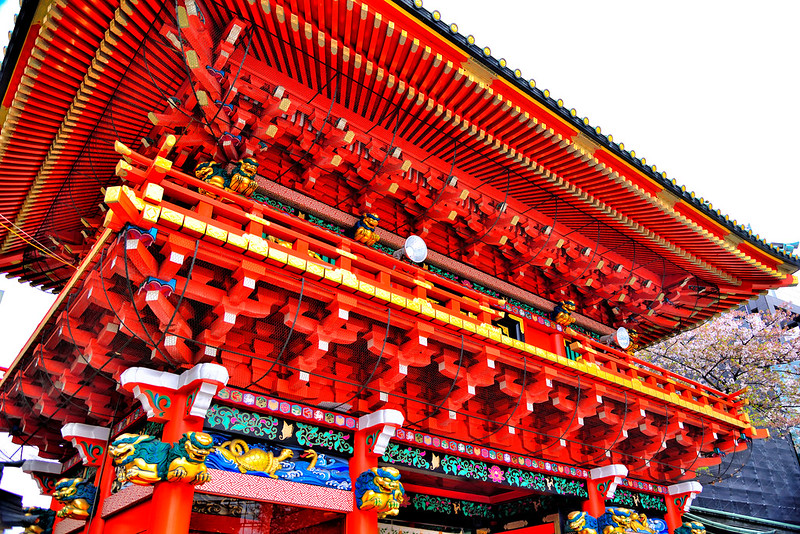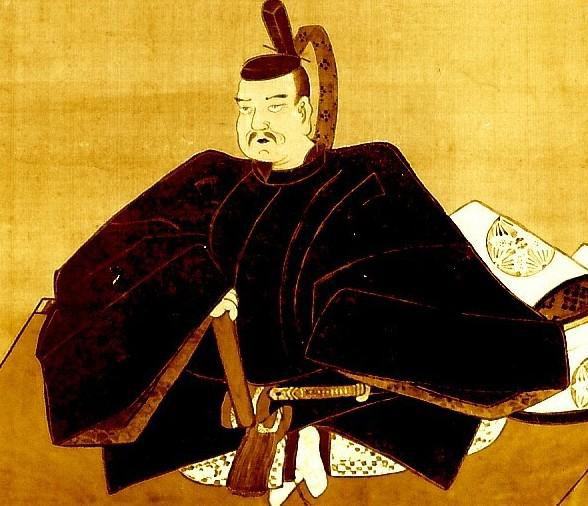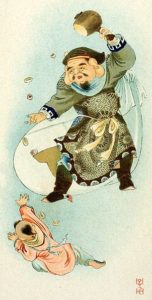
Kanda Shrine’s Colorful History
Kanda Shrine (神田明神 ) is conveniently located in Japan’s capital, Tokyo. The shrine was initially built in 730 CE during the Tenpyō Era, in the fishing village of Shibasaki close to the modern Ōtemachi district.
Kanda Myoujin Shrine
When Edo Castle needed expansion in 1603, Kanda Shrine was moved to the former Kanda ward, then again in 1616 to its present site on a small hill near Akihabara. The shrine’s origins can be traced back about 1,270 years, but it has been rebuilt and restored several times including after the 1923 Great Kantō earthquake. In 1934, the shrine was rebuilt with concrete, which enabled it to withstand the bombs of World War II. During the Edo period, Kanda Shrine was an important place for many members of the warrior class and local citizens of Japan. Even shogun Tokugawa Ieyasu paid his respects to the gods at Kanda Shrine. Restoration continues today to preserve its long history.
Historical structure
The grand main gate of Kanda Shrine is a two-story structure named Zuishin-mon that marks the entrance into the historical shrine.
It was reconstructed in 1995 using cypress wood and has an irimoya styled roof (Eastern Asian architectural style, where a hip roof slopes down on all four sides and integrates a gable on two opposing sides) and is painted vermilion with gold and lacquered interiors.
Kanda’s thhree main kami
Ebisu – the god of fishermen, workingmen, and luck, and the guardian of the health of small children. He is one of the Seven Gods of Fortune and the only one to originate purely from Japan without any Chinese or Hindu influence.
Taira no Masakado – a Heian Period samurai who led one of the biggest rebel forces against the government of Kyoto. He is considered a hero and even a demigod to the locals who are reminded of his bravery against the Japanese central government as well his need to appease his malevolent spirit.
Daikokuten – the god of wealth, commerce, and trade. He is one of the Seven Lucky Gods. His name is equivalent to Mahākāla, the Buddhist name for Shiva.
Kanda matsuri is one of the three main Shinto festivals celebrated in Tokyo. It’s an old tradition started in 1600 by Tokugawa Ieyasu after the victory of the battle of Sekigahara. It is held in honor of the enshrined kami, and celebrated mid-May each year.


